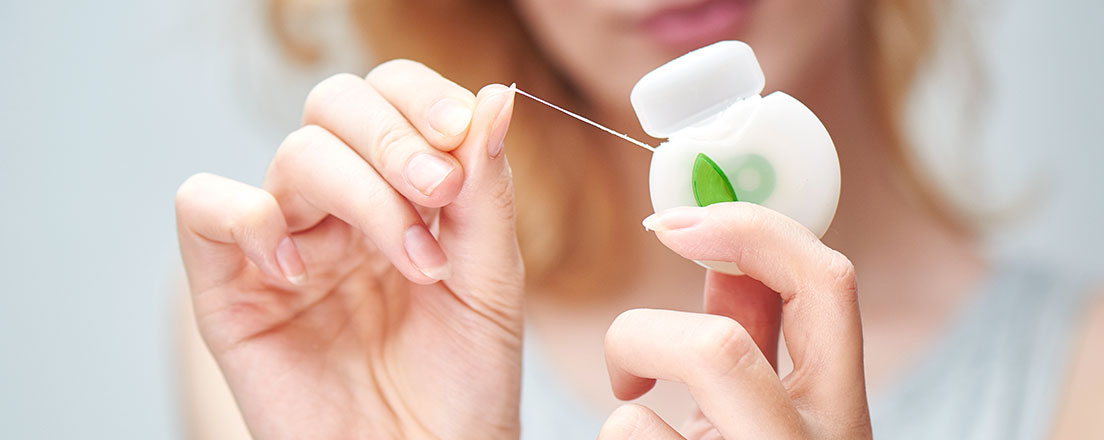Proper home care is essential to maintain a healthy smile. Maintaining your oral health begins with clean teeth. That means cleaning every surface of the tooth and paying close attention to the gumline to avoid gum disease.
Here are a few brushing technique our dentists recommend:
- Brush at least twice a day, for two minutes. This helps to remove any food debris or bacteria that has built up. Make it part of your morning and evening routine. If you’ve just eaten, wait a bit as some foods, especially those that are acidic, can soften your tooth enamel for a bit, so brushing too soon after eating can actually damage the enamel.
- When brushing, don’t forget about your tongue. Your tongue is laden with bacteria that can spread to your teeth, so remember to thoroughly brush it or use a tongue scraper every time you brush
- Be sure you’re using the proper type of toothbrush. A soft-bristled toothbrush is the best option as it won’t be too hard on your enamel. Electric or battery-operated brushes are a great option because they can eliminate plaque build-up better than manual brushing.
- Using the right technique can ensure your smile stays clean and bright. Hold your toothbrush at an angle, with the bristles aimed where your teeth and gums meet. Then, use small, gentle circular motions. Be careful not to brush too hard as this can damage your gums and enamel.
- Make sure you are using a clean toothbrush. Always rinse your toothbrush after brushing and replace it every three months, or sooner if you notice flayed bristles.
Flossing is also an important part of ensuring good oral health. Your toothbrush can’t reach the tight areas in between your teeth, but floss can. Follow these tips for flossing:
- Use enough floss. It may seem like a lot, but around 12-18 inches is ideal. Wind the floss around the middle finger on one hand, leaving a bit to wrap around the middle finger on the other hand. Then hold the floss tightly between your thumbs and forefingers.
- Don’t be too rough. You should use gentle motions to guide the floss between your teeth. When you reach your gum line, curve into a C shape to gently floss the gumline of each tooth.
- Take your time. Focus on one tooth at a time, unwinding clean floss as you move to a new tooth.
- Use additional tools, if necessary. Some people find traditional floss hard to use, especially if you may have arthritis in your hands or if you wear braces. Add dental picks, pre-threaded flossers, or a water flosser to help.
To add an additional layer of protection after brushing and flossing, you can add a fluoridated mouthwash to finish your at-home daily routine.

You are what you eat
What you eat has an impact on your overall health, including your oral health. A healthy diet, rich in vitamins and minerals, is an important key to a healthy smile. A proper diet, paired with good oral care and avoidance of bad habits, can ensure a great smile.
Eating nutrient-rich foods that include a mix of fruits, vegetables, protein, calcium and whole grains can keep your smile and your body healthy.
Look for foods rich in:
- Calcium – Calcium builds strong teeth and bones, so reach for milk, yogurt and cheese, as well as other foods such as almonds, tofu, and dark, leafy green vegetables.
- Phosphorus – Phosphorous and calcium create strong tooth enamel that can help protect your teeth against decay. Foods like eggs, fish, lean meats, nuts and beans are good sources of phosphorus.
- Vitamin C – Vitamin C builds healthy gums, so look for citrus fruits, tomatoes, peppers, broccoli and spinach.
Building a robust at-home oral care routine is an important piece of keeping your smile healthy. Brush and floss regularly, eat a healthy diet, and avoid bad habits such as smoking. That, paired with regular visits to your dentists, can keep your smile healthy and bright for life.
 Westmont (630) 541-8374
Westmont (630) 541-8374 
 Villa Park (630) 541-8374
Villa Park (630) 541-8374 
